-
01-01-2015
Analysis of the decision-making process of nurse managers: a collective refl ection
Revista Brasileira de Enfermagem. 2015;68(4):668-675
Abstract
Analysis of the decision-making process of nurse managers: a collective refl ection
Revista Brasileira de Enfermagem. 2015;68(4):668-675
DOI 10.1590/0034-7167.2015680414i
Views0See moreABSTRACT
Objective:
to analyze the decision-making model adopted by nurses from the perspective of some decision-making process theories.
Method:
qualitative approach, based on action research. Semi-structured questionnaires and seminars were conducted from April to June 2012 in order to understand the nature of decisions and the decision-making process of nine nurses in position of managers at a public hospital in Southern Brazil. Data were subjected to content analysis.
Results:
data were classified in two categories: the current situation of decision-making, which showed a lack of systematization; the construction and collective decision-making, which emphasizes the need to develop a decision-making model.
Conclusion:
the decision-making model used by nurses is limited because it does not consider two important factors: the limits of human rationality, and the external and internal organizational environments that infl uence and determine right decisions.
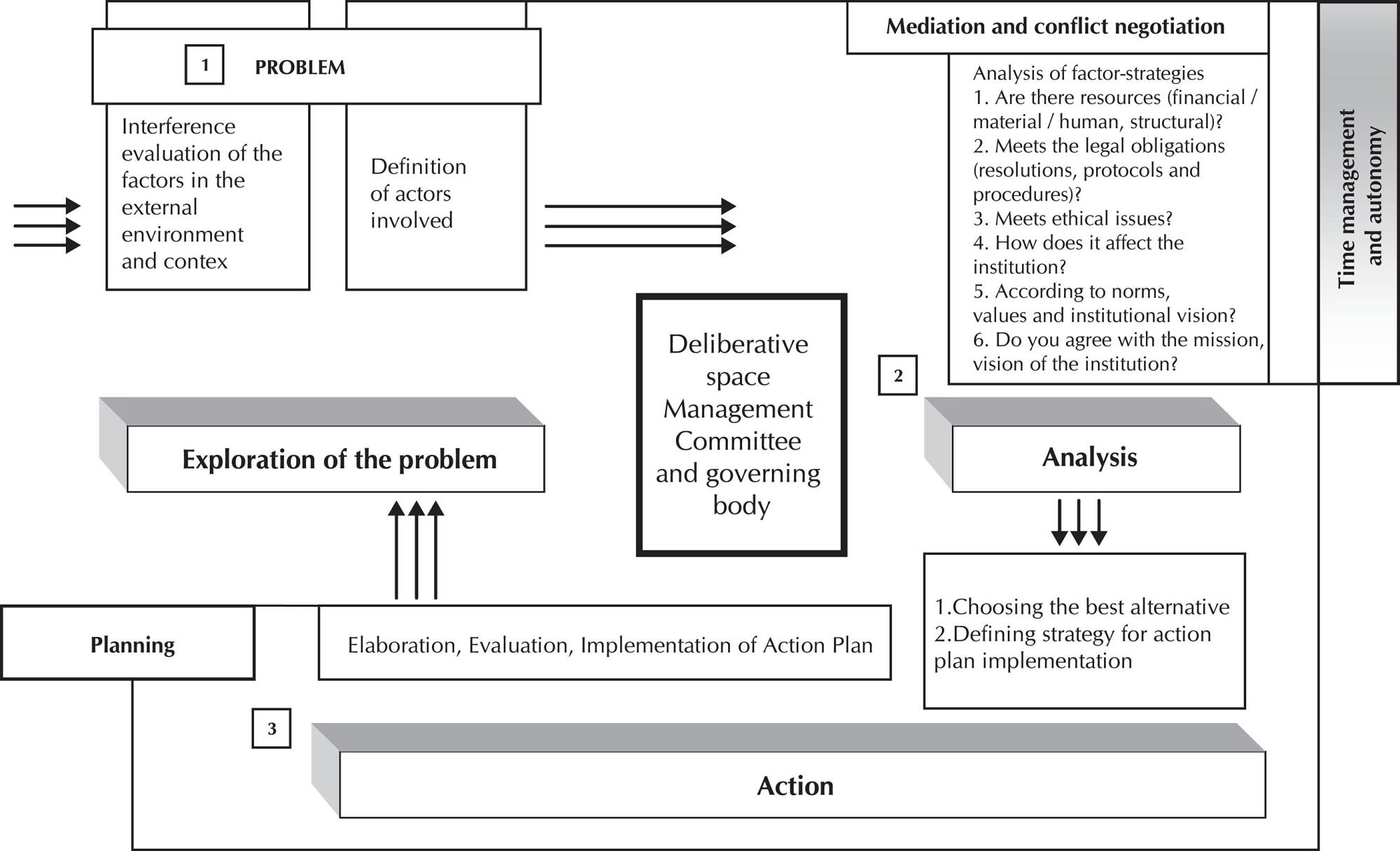
-
01-01-2015
Social representations of sexuality for the elderly
Revista Brasileira de Enfermagem. 2015;68(4):662-667
Abstract
Social representations of sexuality for the elderly
Revista Brasileira de Enfermagem. 2015;68(4):662-667
DOI 10.1590/0034-7167.2015680413i
Views0See moreABSTRACT
Objective:
to know the social representations of sexuality for the elderly, based on the Social Representation Theory.
Method:
study performed in a Basic Family Health Unit in Maracanau-CE, Brazil, with 30 elderly adults. Data were collected from March through April of 2013, using the free word evocation technique. Data were organized and processed using the EVOC 2000.software
Results:
the subjects evoked 150 words associated with the evocator word “sexuality”. Out of these, 43 were different. At the possible core of the representation of sexuality for the elderly, the following words were found: love, affection and respect. Sex, companionship, understanding and coexistence composed the intermediate elements of representation.
Conclusion:
the performed analyses pointed to love, respect and affection as central elements that structured and organized the social representation of sexuality in the elder years for the group studied.
-
01-01-2015
Post-accident work behavior in caring for people with HIV/Aids
Revista Brasileira de Enfermagem. 2015;68(4):656-661
Abstract
Post-accident work behavior in caring for people with HIV/Aids
Revista Brasileira de Enfermagem. 2015;68(4):656-661
DOI 10.1590/0034-7167.2015680412i
Views0See moreABSTRACT
Objective:
To identify post-accident conduct in the workplace by health professionals in caring for people with HIV/Aids.
Method:
A qualitative and descriptive research study with a socio-historical perspective (1986-2006), performed in a reference hospital for infectious diseases in the State of Santa Catarina. To collect data, interviews were conducted with oral history among 23 health workers and, for the treatment of data, Bardin’s content analysis was used.
Results:
Post-accident behaviors emerged that included assessment, accident records, chemoprophylaxis when necessary, support, monitoring of the injured worker, and mainly psychological support.
Conclusion:
In situations in which the accident could not be avoided, post-exposure behaviors were important biosecurity strategies mentioned by health workers caring for patients with HIV/Aids, in the sense of minimizing the possible transmission of the HIV virus.
-
01-01-2015
Social support towards the necessity of caring after myocardial infarction
Revista Brasileira de Enfermagem. 2015;68(4):649-655
Abstract
Social support towards the necessity of caring after myocardial infarction
Revista Brasileira de Enfermagem. 2015;68(4):649-655
DOI 10.1590/0034-7167.2015680411i
Views0See moreABSTRACT
Objective:
to know the received or assisted social support by the family towards the necessity of care after acute myocardial infarction.
Method:
qualitative and exploratory research. Data collection was carried out through observation and interviews with six families, from February to May, 2012. Data were also analyzed based on the thematic analysis.
Results:
three categories emerged: Immediate social support; Mediate social support; Late social support.
Conclusion:
social support follows the infarction trajectory, which attains the family members and favors the support according to the needs of care in each lived moments by the patient.
-
01-01-2015
Nursing care management for children hospitalized with chronic conditions
Revista Brasileira de Enfermagem. 2015;68(4):641-648
Abstract
Nursing care management for children hospitalized with chronic conditions
Revista Brasileira de Enfermagem. 2015;68(4):641-648
DOI 10.1590/0034-7167.2015680410i
Views0See moreABSTRACT
Objective:
to understand the interactions of nurses managing nursing care for the hospitalized child with a chronic condition.
Method:
Theoretical and methodological references were used, Complex Thought and grounded theory, respectively. In the study 18 subjects have participated arranged in three groups: nurses, nursing technicians and family members. A semi-structured interview was used as technique for data collection. The data analysis followed three stages of coding: open, axial and selective.
Results:
the category “Needing to manage nursing care to the hospitalized child with chronic condition in Pediatric Inpatient Unit” and their subcategories show the complex inter subjective bindings established by nurses that support the practice of nursing care management.
Conclusion:
There are difficulties for nursing professionals to interact with the child’s family and the dialogical order/disorder/interaction/organization in the implementation of the management process of care is.
-
01-01-2015
Functional disability and socioeconomic and demographic factors in elderly
Revista Brasileira de Enfermagem. 2015;68(4):633-640
Abstract
Functional disability and socioeconomic and demographic factors in elderly
Revista Brasileira de Enfermagem. 2015;68(4):633-640
DOI 10.1590/0034-7167.2015680409i
Views0See moreABSTRACT
Objective:
to verify the prevalence of functional disability and associated socioeconomic and demographic factors in elderly patients of Campina Grande/PB.
Method:
cross-sectional study with elderly patients of both genders. The variables associated with functional disability were assessed using Poisson regression.
Results:
A total of 420 elderly patients were included (68.1% women). The highest prevalence of functional disability were found among females aged 80 or older, white, widowed, of economic classes D/E , who lived alone, with frequency of contacts of up to 224 people and diversity of contacts of up to 14 people. After multivariate analysis, statistically significant association was observed between functional disability, gender and age group.
Conclusion:
the association between functional disability gender and age group is shown to be an important guidance for health interventions since it will allow health services to plan actions aiming to improve, maintain or restore the functional capacity of the elderly population.
-
01-01-2015
Hypertension and Diabetes Mellitus Program evaluation on user’s view
Revista Brasileira de Enfermagem. 2015;68(4):626-632
Abstract
Hypertension and Diabetes Mellitus Program evaluation on user’s view
Revista Brasileira de Enfermagem. 2015;68(4):626-632
DOI 10.1590/0034-7167.2015680408i
Views0See moreABSTRACT
Objectives:
to evaluate the program proposed by the Reorganization Care Plan for Hypertension and Diabetes Mellitus on user’s view, and describe aspects of the trajectory of the participants correlating with the program’s evaluation.
Method:
evaluative study with a qualitative approach conducted in health units with the Family Health Strategy, in a city of the metropolitan region of Curitiba, in the period from September to March, 2012. A total of 30 adults with hypertension and/or Diabetes mellitus were interviewed. Data were analyzed through content analysis.
Results:
Four categories were identified: Disease diagnosis; Reasons for the program need; Knowledge of the program, and program evaluation.
Conclusion:
there was the recognition of the orientations, and the monitoring of activities developed, with emphasis in cost reduction for users.
-
01-01-2015
Violence in the eye of adolescents: education intervention with Culture Circles
Revista Brasileira de Enfermagem. 2015;68(4):617-625
Abstract
Violence in the eye of adolescents: education intervention with Culture Circles
Revista Brasileira de Enfermagem. 2015;68(4):617-625
DOI 10.1590/0034-7167.2015680407i
Views0See moreABSTRACT
Objective:
to apply the methodology of Culture Circles on adolescents as a strategy for health education of nurses in the construction of the collective knowledge of the thematic violence.
Method:
action research type and qualitative study. Participants were 11 adolescents from a public school in Recife, PE, Brazil. Data production in Culture Circles included the participant observation with field diary, photographic recording and filming, as well as the photovoice technique. The analysis was performed by triangulating data in dialogue with the literature.
Results:
it was shown that the problematizing action provided by the Culture Circle made possible to create situations in which adolescents felt invited to critically refl ect on the phenomenon of violence in all its complexity.
Conclusion:
the health education intervention, performed by Culture Circles, added learning and mutual growth subsidizing nursing care actions that excel at leadership and autonomy of adolescents.
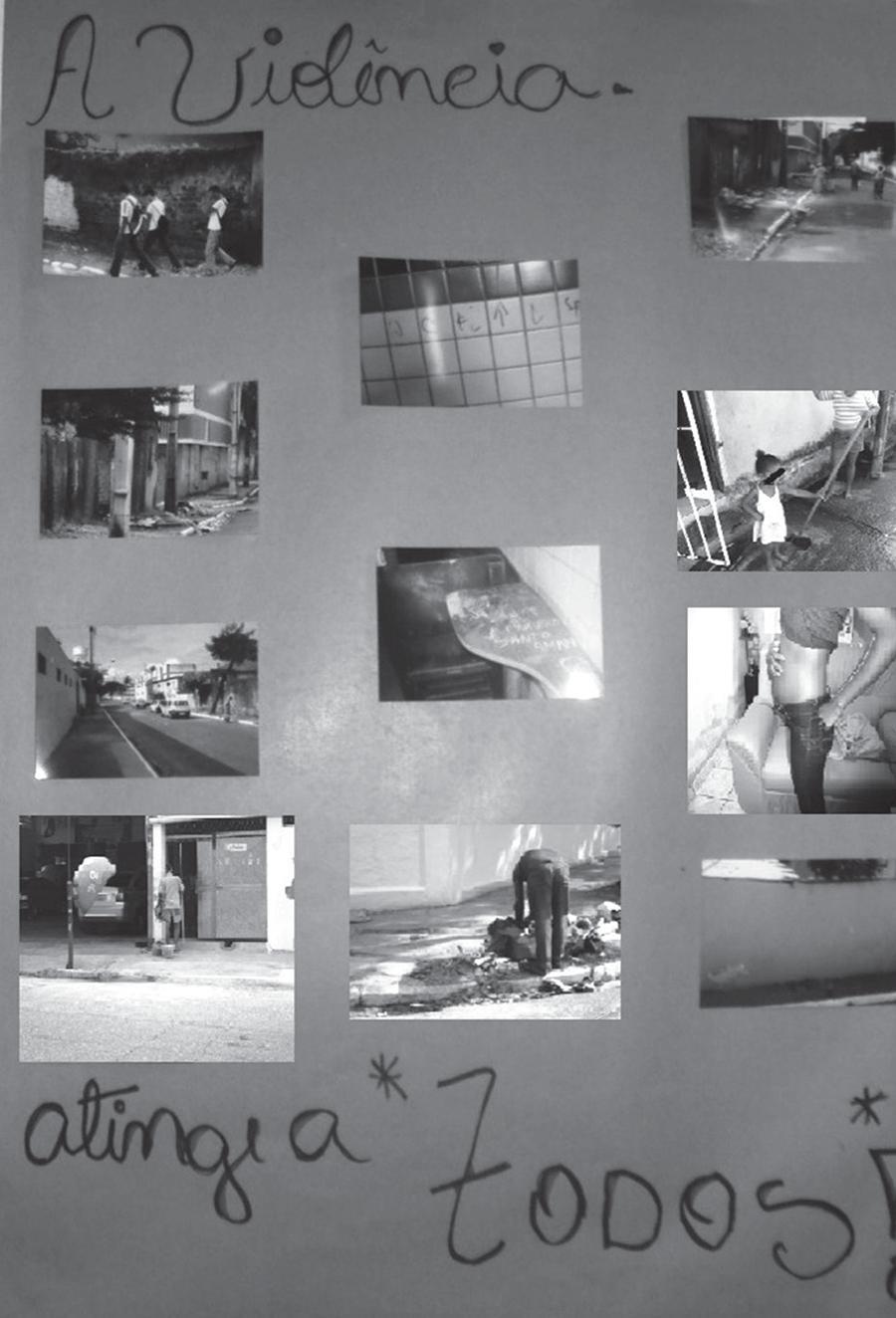
-
ORIGINAL ARTICLE08-07-2020
Quality of life of high risk pregnant women during prenatal care
Revista Brasileira de Enfermagem. 2020;73:e20190595
Abstract
ORIGINAL ARTICLEQuality of life of high risk pregnant women during prenatal care
Revista Brasileira de Enfermagem. 2020;73:e20190595
DOI 10.1590/0034-7167-2019-0595
Views0See moreABSTRACT
Objective:
to analyze the quality of life of high-risk pregnant women.
Methods:
an observational and cross-sectional study, carried out in a tertiary maternity hospital located in Fortaleza, with 276 high-risk pregnant women. A questionnaire was applied containing socioddemographic, clinical and obstetric data and The Mother-Generated Index. Descriptive analyzes were performed using the Jamovi statistical program®, version 0.9.
Results:
most areas were negatively influenced by pregnancy. “Satisfaction with pregnancy”, “family relationship” and “relationship with the partner” obtained the highest means of primary score, while “physical condition/disposition” and “financing” obtained the lowest means. The highest secondary scores were in “satisfaction with pregnancy”, “family relationship” and “relationship with the partner”, while the lowest were in “financing” and “psychological/emotional”.
Conclusion:
the total primary score mean was 6.03, suggesting a good quality of life. The Mother Generated Index made it possible to identify aspects of life that go beyond pre-formulated assessments of the construct.
-
ORIGINAL ARTICLE02-10-2020
Nursing team knowledge on care for patients with fungating wounds
Revista Brasileira de Enfermagem. 2020;73(1):e20170738
Abstract
ORIGINAL ARTICLENursing team knowledge on care for patients with fungating wounds
Revista Brasileira de Enfermagem. 2020;73(1):e20170738
DOI 10.1590/0034-7167-2017-0738
Views0See moreABSTRACT
Objective:
to evaluate the nursing team knowledge of a cancer hospital on care for patients with Malignant Fungating Wounds (MFW) and to analyze associated sociodemographic and educational factors.
Method:
an observational and cross-sectional study, conducted between September and October 2015, after approval by the Research Ethics Committee. A questionnaire was applied containing sociodemographic, educational and related components to the accomplishment of dressings, dressings choice and orientation. Data were analyzed by using Chi-square, Fisher’s exact test, Student’s t-Test and Pearson’s correlation.
Results:
37 professionals participated in the study, most of whom were technicians (56.8%), women (91.9%) and with a mean age of 32 years. The professionals presented 56.5% of correct answers. There were no statistically significant associations between sociodemographic/educational variables and number of correct answers.
Conclusion:
there was a lack of important knowledge about care for patients with MFW, which should guide strategies for the oncology staff training.
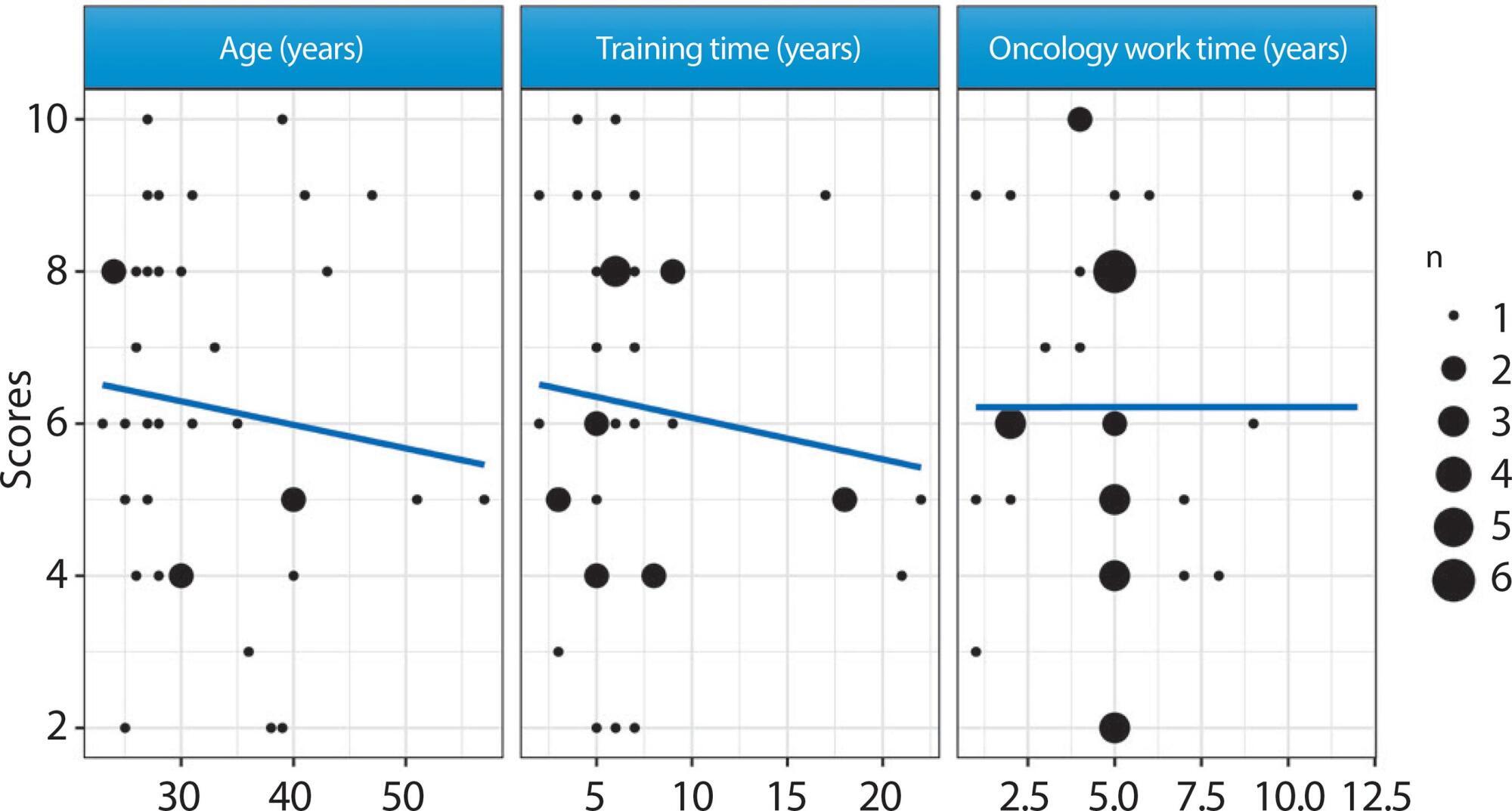
-
ORIGINAL ARTICLE09-07-2020
Attitudes, knowledge and skills of nurses in the Xingu Indigenous Park
Revista Brasileira de Enfermagem. 2020;73(6):e20190632
Abstract
ORIGINAL ARTICLEAttitudes, knowledge and skills of nurses in the Xingu Indigenous Park
Revista Brasileira de Enfermagem. 2020;73(6):e20190632
DOI 10.1590/0034-7167-2019-0632
Views0See moreABSTRACT
Objective:
to analyze the attitudes, knowledge and skills that make up the professional competencies of nurses working in indigenous territories.
Method:
this is an exploratory-descriptive study with a qualitative approach, conducted with nurses working in the Xingu Indigenous Park in 2016. Data were obtained in semi-structured interviews and treated according to the thematic-categorical analysis method.
Results:
the nurse’s performance in the Xingu Indigenous Park has a multifaceted character, being defined by the territory’s interculturality and specificities and by how the service is organized. Technical skills, concepts from anthropology and attitudes that facilitate a respectful dialogue with cultural difference are required for a professional to act in this context.
Final considerations:
the performance of health professionals in indigenous territories requires specificities associated with the acquisition of new knowledge, attitudes and skills geared to the intercultural dimension of the work developed.
-
ORIGINAL ARTICLE12-05-2019
Functional capacity and quality of life of hospitalized octogenarians
Revista Brasileira de Enfermagem. 2019;72:43-48
Abstract
ORIGINAL ARTICLEFunctional capacity and quality of life of hospitalized octogenarians
Revista Brasileira de Enfermagem. 2019;72:43-48
DOI 10.1590/0034-7167-2017-0781
Views0See moreABSTRACT
Objective:
To evaluate the ability to perform activities of daily living (ADL) and to correlate functional capacity with quality of life (QoL) of hospitalized octogenarians.
Method:
A cross-sectional study with 128 patients using the quality of life instruments WHOQOL-OLD and WHOQOL-BREF and the Katz Scale.
Results:
The majority of patients was fully dependent; patients with higher schooling had less independence; older adults with partial dependence and independence had higher scores in perceived QoL; in the domains of autonomy, past, present and future activities; and better overall QoL than those with full dependence. Partially dependent patients had higher scores in the death and dying domain than independent patients.
Conclusion:
Older adults’ QoL is associated with the maintenance of autonomy and functional capacity. Older adults experience a health decline during the hospitalization process, due to the limitation in performing their ADL and lack of encouragement by the health team.
-
ORIGINAL ARTICLE07-10-2020
Quality of life, depressive and minor psychiatrics symptoms in nursing students
Revista Brasileira de Enfermagem. 2020;73:e20190134
Abstract
ORIGINAL ARTICLEQuality of life, depressive and minor psychiatrics symptoms in nursing students
Revista Brasileira de Enfermagem. 2020;73:e20190134
DOI 10.1590/0034-7167-2019-0134
Views0See moreABSTRACT
Objective:
To assess quality of life, prevalence of depressive and minor psychiatric symptoms in Nursing students.
Methods:
Cross-sectional study, conducted from March to April 2018, at a federal university. Sample composed of 242 Nursing students, from the 1st to the 8th semester. Data was collected using the quality of life instruments, Beck Depression Inventory and Self-Report Questionnaire. A significance level of 0.05 was considered.
Results:
The mean age was 22.9 ± 5.1 years. It was found that 25% of the students had severe depressive symptoms and 54% of the students had minor psychiatric disorders, with a higher prevalence in the first semesters. An inverse relationship was observed between the frequency of depressive symptoms and quality of life scores (p = 0.05).
Conclusion:
Nursing students showed a high prevalence of depressive symptoms, indicating the importance of implementing actions to promote and prevent mental health.
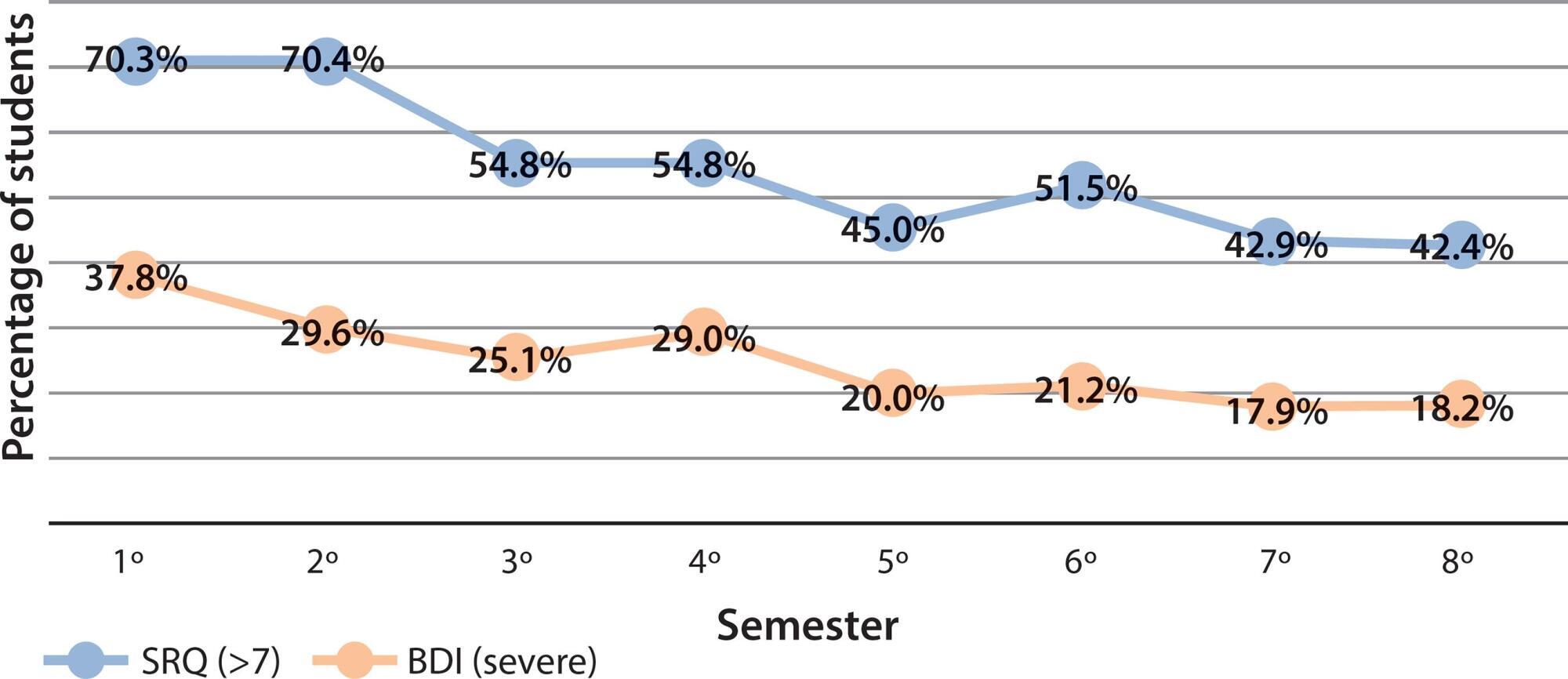
-
ORIGINAL ARTICLE06-01-2020
Depression and chronic renal patients on hemodialysis: associated factors
Revista Brasileira de Enfermagem. 2020;73:e20190167
Abstract
ORIGINAL ARTICLEDepression and chronic renal patients on hemodialysis: associated factors
Revista Brasileira de Enfermagem. 2020;73:e20190167
DOI 10.1590/0034-7167-2019-0167
Views0See moreABSTRACT
Objective:
to verify the association of sociodemographic and clinical variables, life habits and functional capacity with symptoms indicative of depression in chronic renal patients on hemodialysis.
Method:
cross-sectional study developed from February to October of 2017 with 183 patients undergoing hemodialysis in two renal units located in the state of Rio Grande do Sul. Data collected with clinic and sociodemographic questionnaire and Beck Depression Inventory. Analysis with descriptive and analytical statistics and the chi-square test.
Results:
55.2% of participants were elderly, 66.4% men, 90.7% retired, and 60.3% presented depressive symptoms. An association was found between symptoms indicative of depression and the female sex, greater number of comorbidities and post-hemodialysis intercurrences, emotional and physical symptoms, inactivity, failing to perform usual activities and the need for assistance in day-to-day.
Conclusion:
depressive symptoms are associated with burden of comorbidities, greater number of disease complications, hemodialytic intercurrences and functional dependence. Physical exercise practice can be an effective care strategy.
-
ORIGINAL ARTICLE05-21-2021
Music in the relief of stress and distress in cancer patients
Revista Brasileira de Enfermagem. 2021;74(2):e20190838
Abstract
ORIGINAL ARTICLEMusic in the relief of stress and distress in cancer patients
Revista Brasileira de Enfermagem. 2021;74(2):e20190838
DOI 10.1590/0034-7167-2019-0838
Views0See moreABSTRACT
Objectives:
to evaluate the effects of music on the physiological stress and distress of cancer patients being treated in a hospital.
Methods:
quasi-experimental study carried out with cancer patients hospitalized in the nursing wards of a public hospital. There was a single 15-minute intervention using music. It was individual, and headphones were used for patients to listen to three songs chosen by each one. The levels of stress and distress were measured before and after the intervention, using music to analyze the cortisol in the saliva and the answers to the distress thermometer. The significance level of the statistical analysis was 5%, using the non-parametric Wilcoxon test.
Results:
the mean age of the 26 patients was 56 years old. Most were female, white, and had breast cancer. After intervention, there were statistically significant diminutions in both stress and distress — p < 0.001.
Conclusions:
the use of music diminishes the stress and the distress of cancer patients.
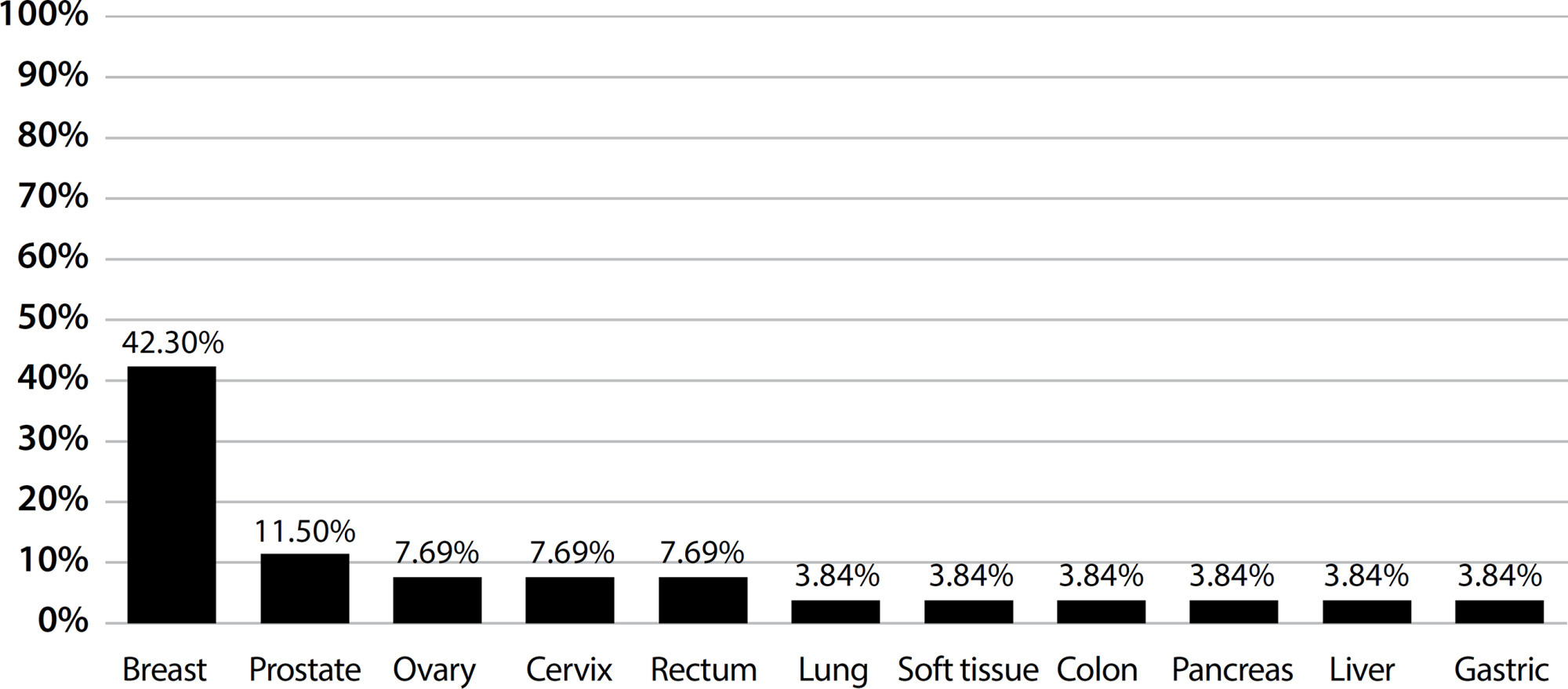
-
ORIGINAL ARTICLE07-08-2020
Self-medication practices in riverside communities in the Brazilian Amazon Rainforest
Revista Brasileira de Enfermagem. 2020;73(5):e20190432
Abstract
ORIGINAL ARTICLESelf-medication practices in riverside communities in the Brazilian Amazon Rainforest
Revista Brasileira de Enfermagem. 2020;73(5):e20190432
DOI 10.1590/0034-7167-2019-0432
Views0INTRODUCTIONThe Brazilian Amazon rainforest has an area of approximately 5 million km2, with important climatic, social and economic variations that can impact the profile of morbidity and the use of medicines. The epidemiological profile of the Amazonian population is quite heterogeneous, including vector-borne diseases, such as malaria, dengue, cutaneous leishmaniasis and Diseases Related to Inadequate […]See more
Search
Search in:
Nuvem de Tags
Adolescente (85) Atenção Primária à Saúde (239) COVID-19 (91) Criança (91) Cuidados de Enfermagem (269) Educação em Enfermagem (151) Educação em Saúde (139) Enfermagem (930) Enfermagem Pediátrica (86) Estudantes de Enfermagem (77) Estudos de Validação (131) Família (87) Idoso (208) Promoção da Saúde (99) Qualidade de Vida (104) Saúde do Trabalhador (86) Saúde Mental (145) Saúde Pública (82) Segurança do Paciente (150) Tecnologia Educacional (100)



